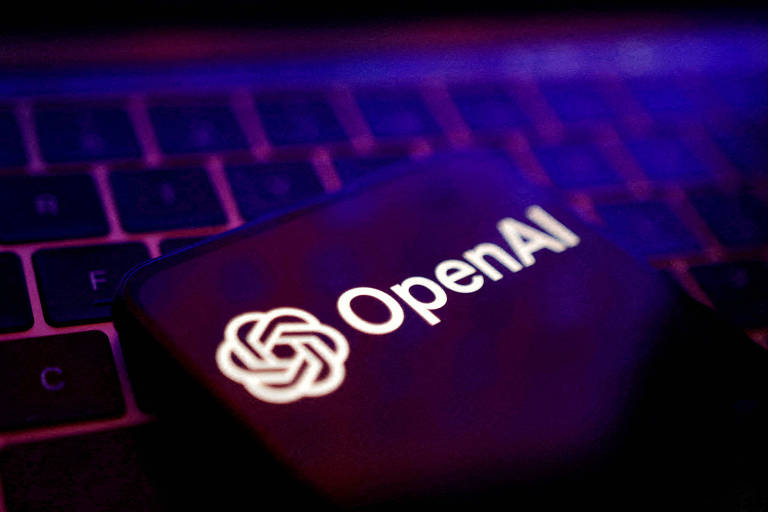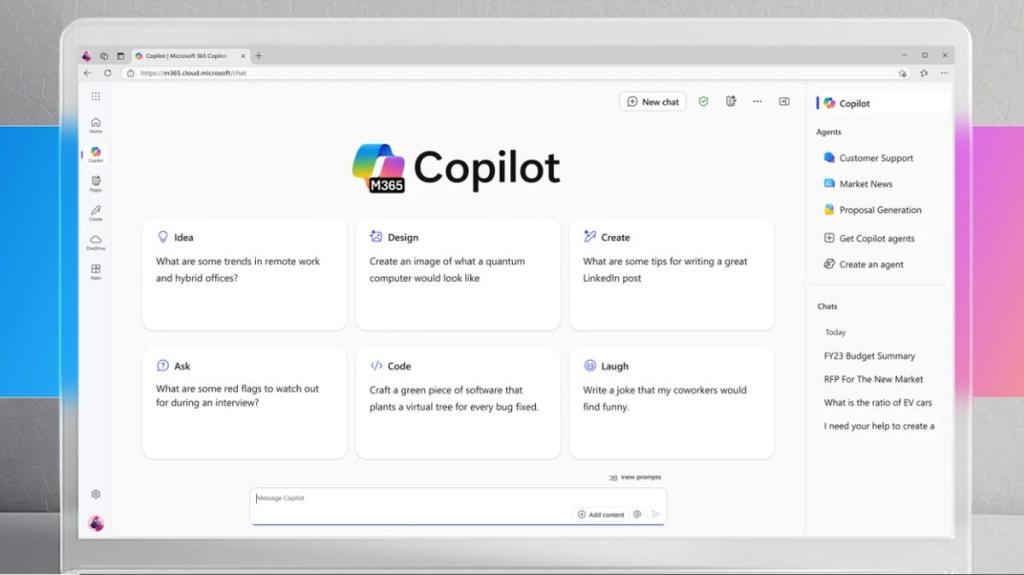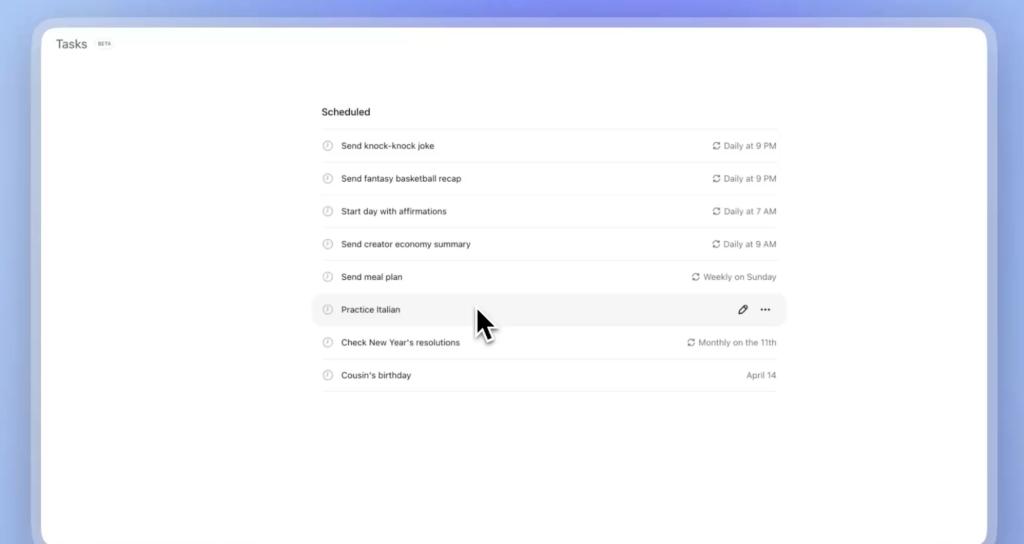OpenAI and Condé Nast Unite to Revolutionize AI Content
Explore how OpenAI's partnership with Condé Nast is transforming AI content delivery while ensuring quality journalism thrives in the digital age.

Key Points
- OpenAI
's partnership with Condé Nast allows the integration of high-quality journalistic content into AI products like
ChatGPTand SearchGPT.
- This collaboration addresses revenue challenges for publishers while ensuring proper attribution and compensation for their content.
- The initiative sets a precedent for future media-AI partnerships, promoting integrity and accuracy in news delivery through technology.
The intersection of artificial intelligence and journalism has reached a pivotal moment with the recent announcement of a multi-year partnership between OpenAI and Condé Nast. As technology continues to reshape how we consume information, such collaborations are not just trends; they signal a vital evolution in the media landscape. This partnership allows OpenAI to leverage the vast array of content from renowned publications, including
, Vogue, and Wired, to enhance the capabilities of its AI products like ChatGPT and the emerging SearchGPT.

Enhancing AI with Quality Content
This strategic partnership is not merely about content sharing; it emphasizes the importance of maintaining integrity and accuracy in an age where misinformation can spread quickly. As OpenAI's Chief Operating Officer, Brad Lightcap, noted, the aim is to ensure that as AI plays a larger role in news dissemination, it upholds the standards of quality reporting. By integrating Condé Nast’s esteemed journalism into its AI platforms, OpenAI is paving the way for a more reliable news consumption experience.
The financial specifics of this arrangement remain undisclosed, yet it represents a substantial commitment for both parties. Condé Nast CEO
articulates that this partnership aims to compensate for the revenue challenges faced by traditional publishers due to the evolving digital landscape. As technology companies often utilize publishers' content without compensating them adequately, this collaboration seeks to rectify that imbalance.
Addressing Challenges in Media Monetization
The publishing sector has undergone significant transformations, facing fierce competition from social media platforms and digital services that have disrupted traditional business models. Lynch highlighted in his correspondence to staff that this partnership with OpenAI will help restore some of the lost revenue and support the ongoing investment in high-quality journalism. This relationship exemplifies how embracing new technologies can serve as a remedy for the financial strains that media companies endure.
OpenAI's commitment to ensuring proper attribution and compensation is essential to maintaining good relationships with content creators. This collaborative approach is a refreshing departure from the legal disputes that have arisen in this space, where other media companies have opted for litigation to assert their rights over content usage. While lawsuits filed by
and other entities underscore the brewing tensions between AI developers and content owners, partnerships like the one with Condé Nast may lead to more productive outcomes.
A Shared Vision for the Future
The culmination of these efforts will undoubtedly assist in shaping public perception of AI in the media realm. By collaborating with established publishers, OpenAI is setting a standard for how AI systems can function in tandem with traditional media, ensuring that quality remains intact. This partnership represents a model where technological innovation and journalistic integrity are not mutually exclusive but rather complementary forces in the digital age.
Looking ahead, the evolution of SearchGPT will be keenly watched as a potential game-changer for content discovery. The integration of vetted journalistic content into AI responses not only provides users with reliable information but also enhances the overall experience of utilizing AI for research and decision-making.
Navigating the Landscape Together
As we observe the developments stemming from this partnership, it's notable that other companies, such as
and the
, have similarly sought agreements with OpenAI. These collaborations highlight a growing trend in the industry, one that fosters adaptability and innovation in a rapidly changing environment.
Ultimately, this partnership between OpenAI and Condé Nast is a promising step toward unlocking the full potential of AI in media. By fostering an ecosystem of collaboration, transparency, and respect for intellectual property, both technology and journalism can thrive harmoniously, ensuring that consumers receive accurate and meaningful content. The impact of this collaboration may very well define the future approach toward AI and media engagements, setting standards for future partnerships in an evolving landscape.


